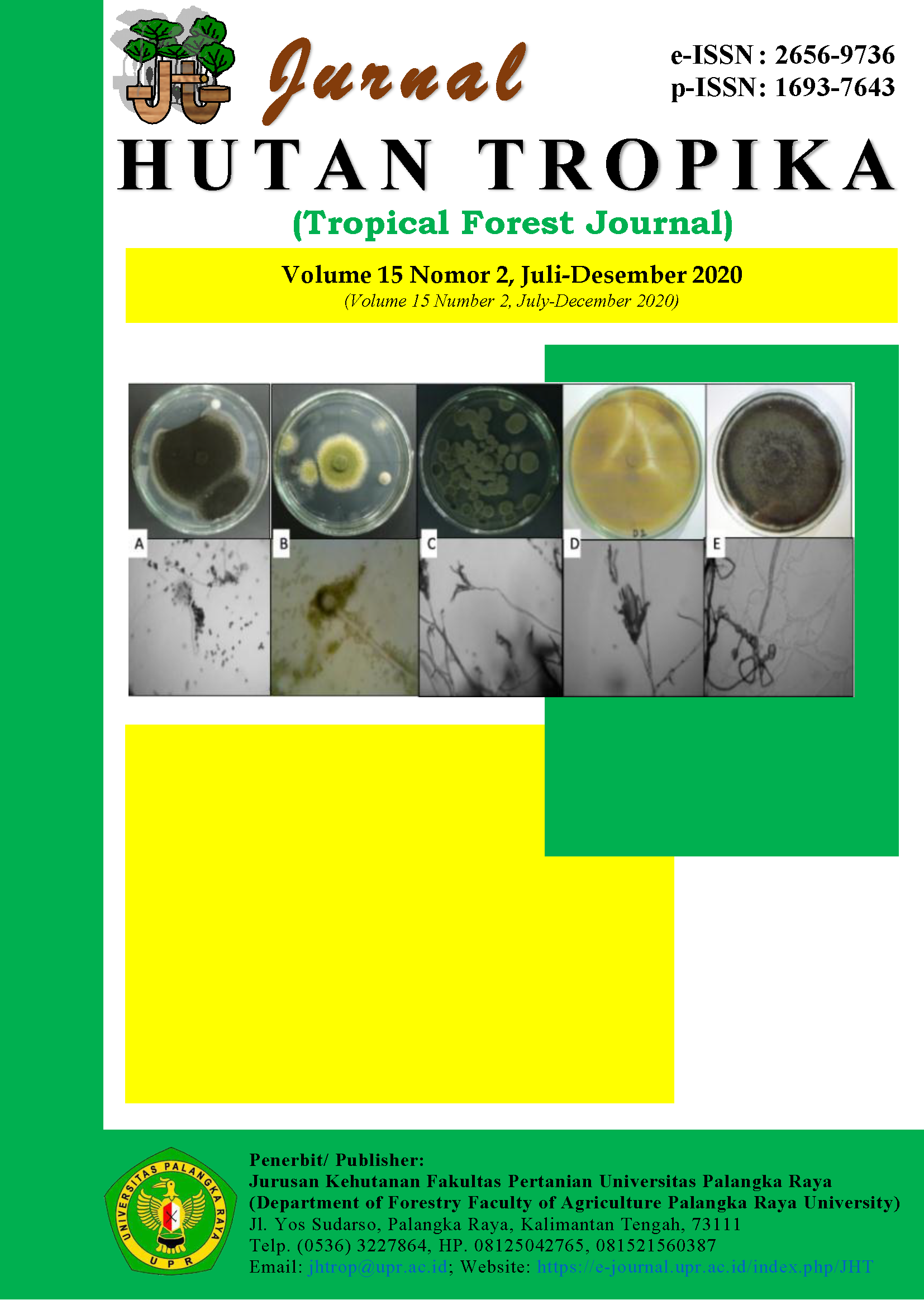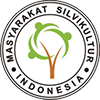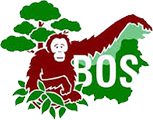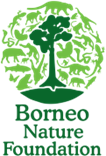POLA PENGELOLAAN EKOWISATA BERBASIS MASYARAKAT DI GILI LAWANG LOMBOK TIMUR NUSA TENGGARA BARAT
Management Pattern of Ecotourism Based Community in Gili Lawang East Lombok District Nusa Tenggara Barat Province
DOI:
https://doi.org/10.36873/jht.v15i2.2169Kata Kunci:
Ecotourism, management pattern, involvement factorAbstrak
This research aims to (1) analyze the pattern of ecotourism management in Gili Lawang based on the concept of CBT (Community based tourism) according to Demartoto (2009) and (2) analyze supporting and inhibiting factors that affect the involvement of
community in managing ecotourism. The research was located in Gili Lawang ecotourism area, Sugian Village, Sambelia, East Lombok Regency. This research used descriptive qualitative method, by using literature reviews data collection method,
interviews, and observations. The number of respondents involved were 14 respondents. Data analysis that was used is descriptive analysis. The result of this research showed that the management pattern of community based ecotourism in Gili Lawang has not fully implement CBT (Community based tourism) concept since the involved community has not been included in evaluator aspect. Supporting factors that affect the involvement of the community in managing ecotourism is the potential of tourism that can be developed into tourism attraction, the desire of the community to preserve the nature, and to grow the economy surrounding the tourism area. Meanwhile, the inhibiting factor that affect the involvement of the community in managing ecotourism is the lack of education of the community regarding the development of ecotourism area and the lack
of awareness of the community regarding the importance of their involvement in developing tourism area. Besides that, another inhibiting factor is the lack of government’s concern to make approach to the native community to show how important
community based tourism is.
Keywords: Ecotourism, management pattern, involvement factor
Unduhan
Unduhan
Diterbitkan
Terbitan
Bagian
Lisensi
Hak Cipta (c) 2020 Jurnal Hutan Tropika

Artikel ini berlisensi Creative Commons Attribution 4.0 International License.
















